You finally rock your newborn to sleep in your arms. You tiptoe to the crib, gently lay them down… and within seconds, they’re wide awake—crying, squirming, and refusing to settle. Sound familiar?
If your newborn won’t sleep unless held, you’re not alone. This is one of the most common—and frustrating—early parenting challenges. But the good news? There are safe, effective alternatives that help your baby transition from arms to crib without trauma or tears.
In this post, we’ll break down why your baby only sleeps when held, what’s biologically normal, and 7 newborn sleep solutions that actually work. These strategies are gentle, attachment-friendly, and promote newborn sleep independence over time.
Why Does Your Baby Only Sleep When Held? (It’s Completely Normal!)
Before we get into solutions, let’s first understand what is causing this clingy sleep behavior.
Newborn Sleep Biology 101
- Womb withdrawal : Your baby spent the last 9 months curled up, warm, and experiencing motion all day and night. Laying flat and alone in a crib is a strange (and unsafe) experience.
- Startle reflex (Moro): This natural reflex can catch babies off guard and cause them to wake up if they are not swaddled or being held.
- Light sleep : Newborns spend a disproportionately high amount of time sleeping in an active (REM) state of sleep, making them easier to wake.
Now add in hunger, gas, overstimulation, and separation anxiety and it’s no wonder your baby will only sleep in arms.
But here is the reality: You are NOT “spoiling” your newborn. You are providing comfort to a human that has an innate and biological need to remain close to another human. That being said, there are ways to encourage sleep without forever being a rocking chair!
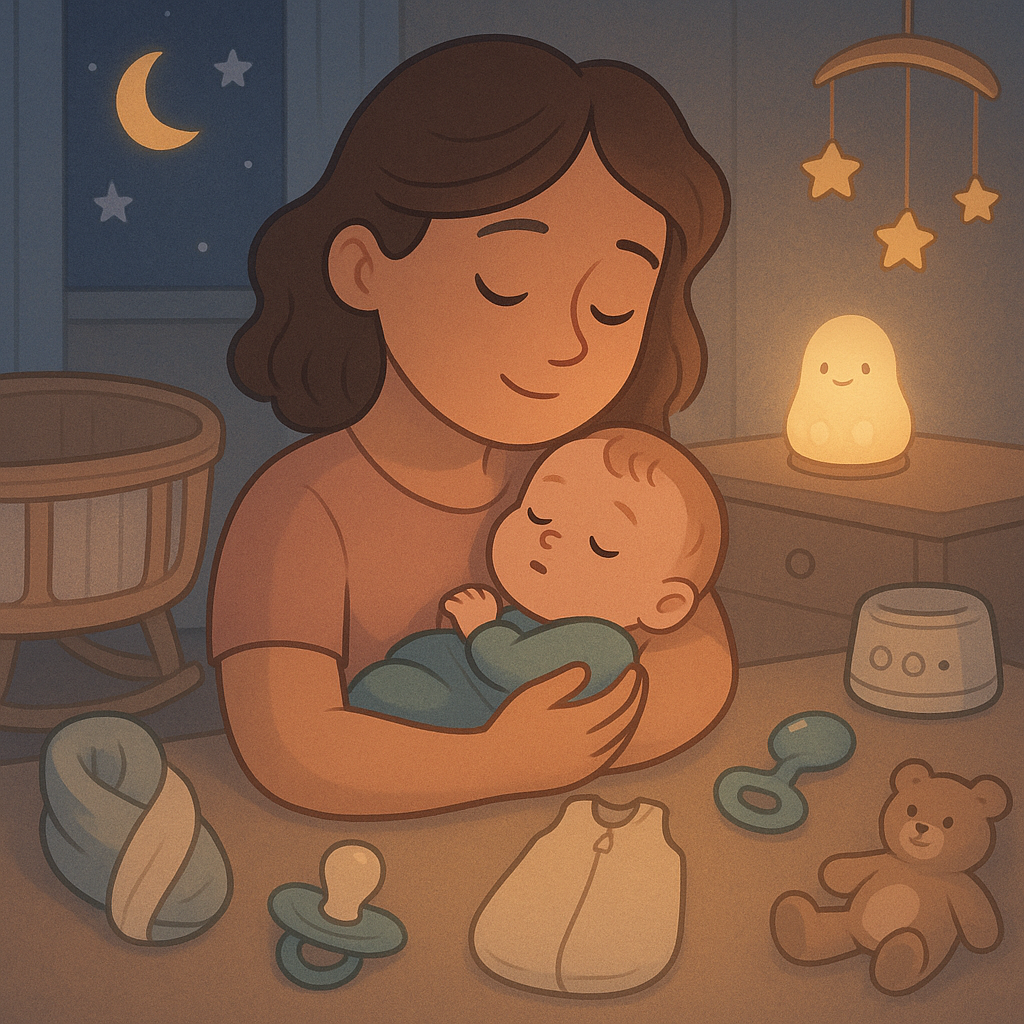
7 Safe Alternatives for Your Newborn Who Will Only Sleep in Your Arms
These gentle strategies will help your baby learn to sleep in their own place—without cry-it-out, and harsh training methods which actually puts your child at risk.
1. The Swaddle + Shush + Swing
This timeless combination mimics the womb and activates your baby’s calming reflex as Dr. Harvey Karp defines it.
Here’s how :
- Swaddle tight (arms down, hips loose)
- Use white noise or a consistent pitch “shhhh” sound
- Rock (with supervision) in either your arms or a safe baby swing.
This magic is perfect for overstimulated, overtired, and clingy babies—all while easing the transition to sleeping in their crib safely.
✅ Tip: Once baby is calm and relaxed, place baby down in crib still drowsy.
2. Try a Warming Trick
The cold surface of the crib sheet may startle your baby after the warmth of your arms. Try this technique :
- Heat the surface of the mattress with a heating pad for a few minutes (obviously take it away prior to laying baby down)
- Swaddle baby first, and then gently position them in their crib or bassinet.
This simple adjustment can help limit wakeups induced by temperature differences.
3. Gradual Arms-to-Crib Transition.
If your baby sleeps only in your arms, jumping straight to total independence probably won’t work.
TInstead, try this gradual transition :
- Let baby fall asleep in your arms.
- Hold baby for an extra 10–15 minutes (until you can see deep sleep).
- Slowly lower your baby into the crib, feet first, bottom second, then head.
- Rest your hand on their chest for 1–2 minutes before you leave.
Bonus: Use a crib wedge or slight incline if pediatrician approved if your baby tends to have reflux.
4. Create a Consistent Bedtime Routine
Even at this young age, babies are influenced by consistency. To let the brain know sleep is coming, we want a reliable wind down.
For example, your bedtime routine could look like :
- Warm bath
- Infant massage
- Feed
- Dim lights
- White noise
- Cuddle + swaddle
- Bedtime
This development helps build healthy habits around sleeping as a newborn and will help reduce the natural tendency to rock to sleep.
5. Begin Contact Naps, Then Move on to Nighttime
If your goal is to break that cycle, don’t try to do it all at once. Start small.
- Use a sling or wrap for contact naps in the day
- Concentrate your efforts on getting them to sleep alone at night when their sleep pressure is at its highest
This way, you both can get some rest and you’ll keep bonding while gently passing off sleep support responsibilities.
6. Use a Bassinet With Motion or Vibration
Some newborns struggle with stillness. A smart bassinet (like the SNOO or HALO with vibration) mimics the motion of being held.
Alternative: Gently jiggle the bassinet with your hand once baby is inside (always supervised).
This satisfies their need for motion—one of the safest alternatives to holding baby for sleep.
7. Stay Close—Even If They’re in the Crib
If your baby startles when you walk away, try a hands-on settling approach.
- Place them in the crib
- Keep your hand on their chest, hum or shush softly
- Stay until they are calm or asleep
Over time, you’ll reduce your presence. This supports how to get newborn to sleep without being held, without abandonment anxiety.
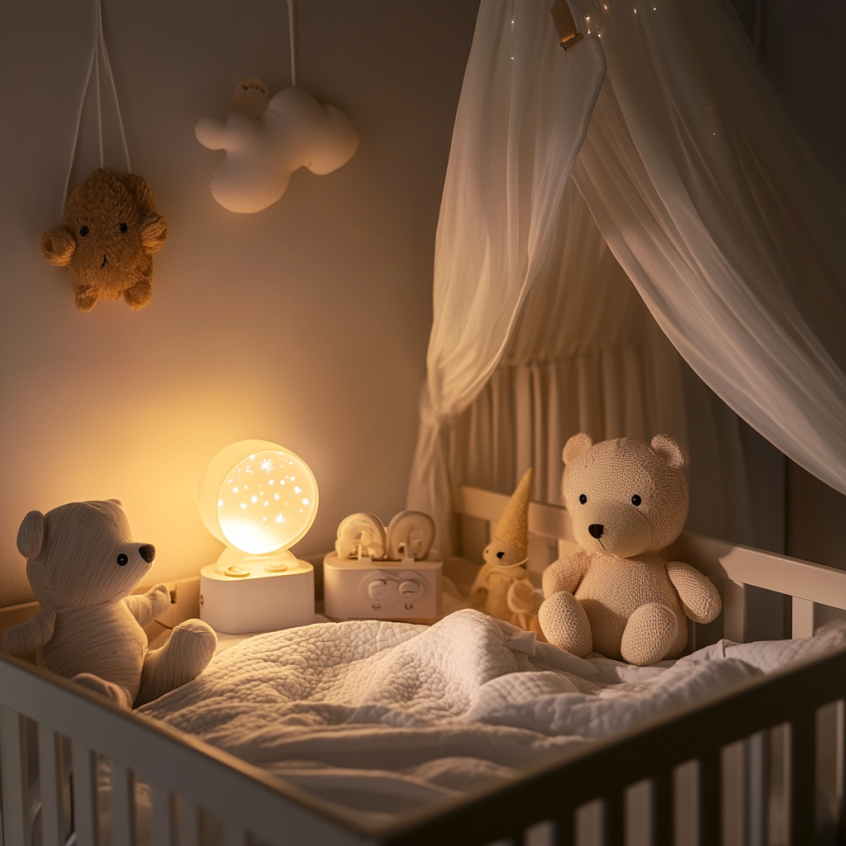
How to Soothe a Baby to Sleep Without Creating Sleep Crutches
Not all soothing is a crutch. It becomes one only if it interferes with your baby learning new skills.
Soothe Responsively—But Step Back Gradually
- Help your baby sleep with you, not because of you every time
- Use progressive independence—start with touch, then verbal reassurance, then distance
- Celebrate small wins (10 minutes in the crib is progress!)
Your goal is to create safe sleep methods for newborns that balance comfort and self-settling over time.
Conclusion
If your newborn won’t sleep unless held, you’re not failing—they’re not broken. They’re wired for closeness. But with gentle steps, smart routines, and the right environment, you can guide them toward more independent, safe sleep.
These baby joy tips aren’t about quick fixes—they’re about confident, compassionate parenting that meets your baby where they are.
Frequently Asked Questions
Why does my newborn immediately wake up when I put him down?
Babies have strong startle reflexes with light sleep cycles, and a cold surface, a fast transfer, or the loss of motion can create instant waking.
Is it safe for my baby to sleep on me?
Contact naps are safe under supervision, and with nighttime sleep you will always want to follow the AAP’s safe sleep standards: put baby to sleep on a firm, flat surface on their back.
When will my baby sleep in a crib?
Most babies start to transition between 6–12 weeks, with guidance. It depends on temperament, feeding and consistency.
Are swings or vibrating bassinets safe?
Only use swings intentionally for supervised soothing. For nighttime sleep, look for bassinets that meet safety standards, and do not allow baby to roll over if they are restrained.
Can I sleep train a newborn?
Sleep training formally is not recommended until 4 months. Focus initially on routines and responsiveness that sets the stage for success.
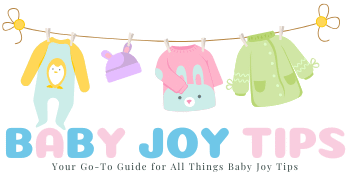
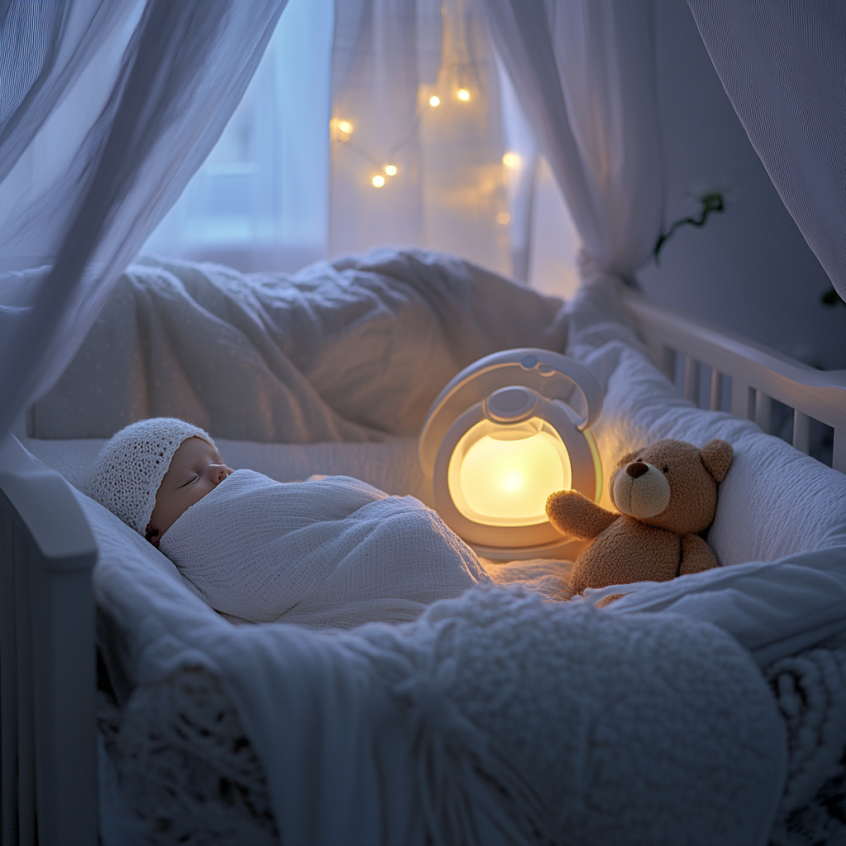


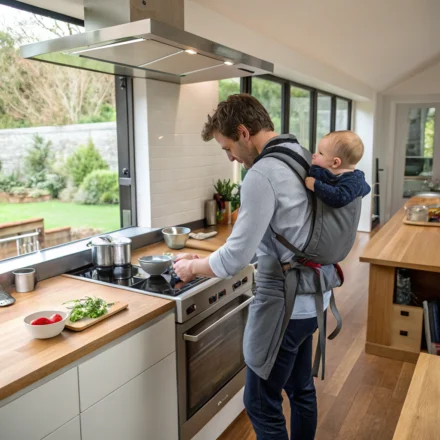
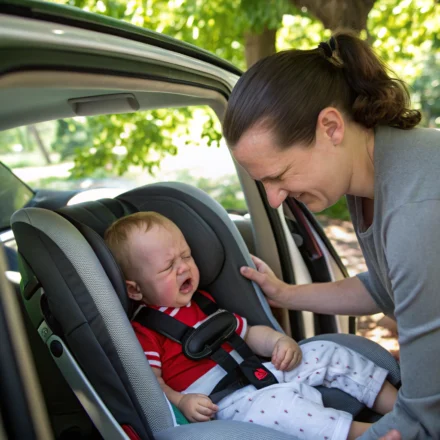
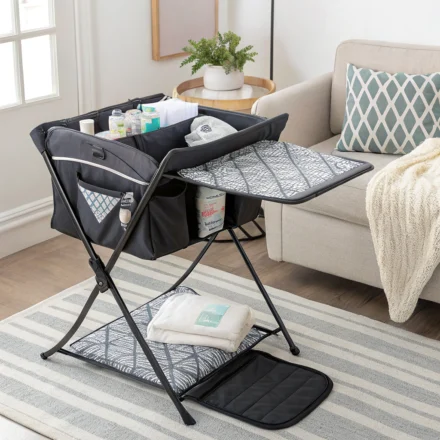

Leave a Comment